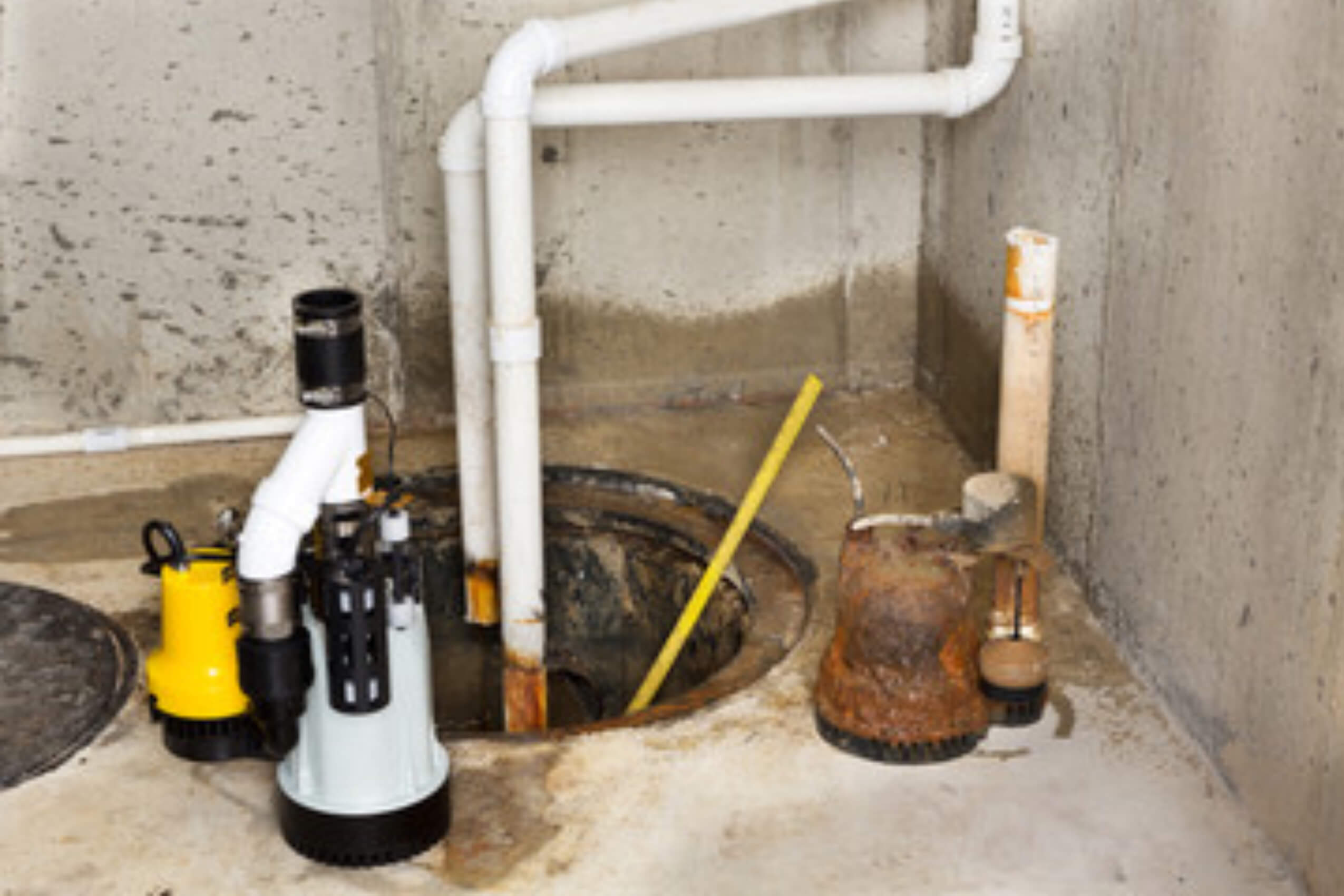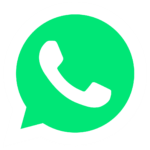Give us a call today: 613 791 5777 for a free upfront estimate!

It is a good idea to examine just what it is sump pumps do before we go on to examining the process of installing this type of equipment in your home. The purpose of these pumps is to help in getting rid of excess water in a basement area which is prone to flooding. Excess ground water can pool around a home’s foundation and seep into the cracks and crevices. When it rains, or snows more water can get inside the basement. Not only does this ruin the basement area as far as being something that serves as useful home storage space or square footage, it also ruins the integrity of the home’s foundation over the course of time. Flooded basements are the ideal location for toxic molds and mildews to form as well, thereby posing risk for those who live in the home.
About the Sump Pump and Its Operation
The sump pump gathers up the liquids in a basement. This system is sometimes called an infiltration basin which is used in controlling the runoff water entering the basement. The pump will be placed in the lowest point of a crawl space or basement. The water will flow into the area via gravity. The pump then pumps out the water to an area away from the home and foundation.
Drainage Around the Foundation
When you have a heavy amount of water all around the foundation or the home’s perimeter and sometimes even a home’s jurisdiction will demand that a perimeter drain tile be included in the sump pump system set up. This special drain tiles gets direct right into the crock or the sump pit. The tile is typically perforated so it lets any of the excess water around the home’s foundation to get into the system long before it can actually seep through the home’s foundation.
Sump Pump Operation
A sump pump, either a pedestal style or submersible variant, is put into a proper sized pit. The pedestal pump is a unit fitted with an impeller or the unit can be put at the bottom portion of a pit while the motor of the unit remains in the air just above the pit. A submersible unit is one you can put right into the water as it houses an electric pump that can be put at the bottom of the pit. These pumps have automated activation. If you have a system that needs you turn it on and off manually, it won’t be a very reliable system as there will eventually be a time where the system will require activation and you won’t be at home to manually trigger the system in question. No human interaction should be required to trigger the system into operation.
A switch is included in the system: either a pressure or float activated trigger will activate the system when necessary. The float is one of the more common switches: The sump pump features a floating device that is fitted with a tilt sensor. When the water reaches a specific lever, it triggers the tilt sensor and the float attached to it. The float then activates the pump so it can begin pumping excess water out of the basin. Alternatively, the pressure triggered system includes a sensor that detects the water level and triggers the unit into action when necessary. Above either unit there must be a check valve or back flow installed into the discharge unit which is positioned above the sump pump. The discharge unit helps to ensure water does not drop back into the basin once the pump cycle concludes.
If you need to install a sump pump system, it might be best to leave it to us, the professional sump pump Ottawa based pro installers at Dr. Pipe Drain and Plumbing Services to do it for you. We can give you a free quote based on what it will cost to complete the waterproofing task for you.
Give us a call today: 613 791 5777 for a free upfront estimate!




